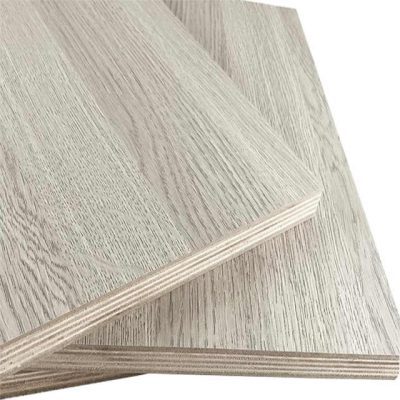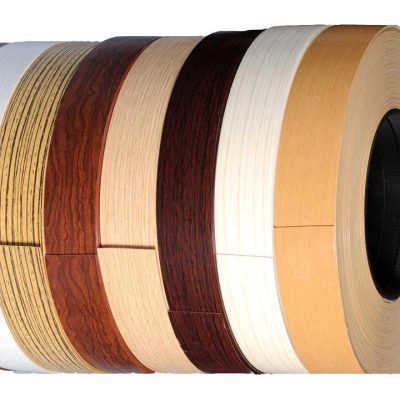
.
The type of edge banding for plywood depends on the specific requirements of your project, the desired aesthetic, and the level of durability needed. Here are some common types of edge banding materials for plywood:
- PVC Edge Banding:
- PVC (Polyvinyl Chloride) edge banding is a popular choice for plywood. It is known for its durability, resistance to moisture, and availability in a wide range of colors and patterns. PVC edge banding is applied using heat-activated adhesive and is suitable for various applications, including furniture and cabinets.
- ABS Edge Banding:
- ABS (Acrylonitrile Butadiene Styrene) edge banding is another thermoplastic option similar to PVC. It offers good impact resistance and durability. ABS edge banding is applied using heat and is commonly used in the furniture and woodworking industry.
- Wood Veneer Edge Banding:
- Wood veneer edge banding is made from real wood veneer, providing a natural and authentic appearance. It is often used when a genuine wood look is desired. Wood veneer edge banding is available in various wood species and can be stained or finished to match the plywood.
- Melamine Edge Banding:
- Melamine edge banding is made from melamine resin-impregnated paper and is commonly used to match the surface of melamine-coated plywood. It is available in a variety of colors and patterns and is applied using hot melt adhesive.

- Melamine edge banding is made from melamine resin-impregnated paper and is commonly used to match the surface of melamine-coated plywood. It is available in a variety of colors and patterns and is applied using hot melt adhesive.
- Polyester Edge Banding:
- Polyester edge banding is a thermoplastic material known for its toughness and resistance to chemicals. It is applied using a hot melt adhesive and is suitable for applications where durability is a priority.
- Metal Edge Banding:
- Metal edge banding, such as aluminum or stainless steel, provides a contemporary and industrial look. It is applied using various methods, including adhesives or mechanical fastening. Metal edge banding is often chosen for modern and minimalist designs.
- 3D Edge Banding:
- 3D edge banding is a type of edge banding that has a three-dimensional appearance, providing depth and texture to the edge. It is available in various patterns and designs and can add visual interest to plywood surfaces.
When selecting the type of edge banding for plywood, consider factors such as the intended use of the finished product, design preferences, and budget constraints. Each type of edge banding has its unique characteristics, and the choice depends on the specific requirements of your project. Additionally, follow the manufacturer’s guidelines for installation and application methods to ensure a successful outcome.

